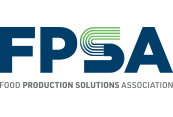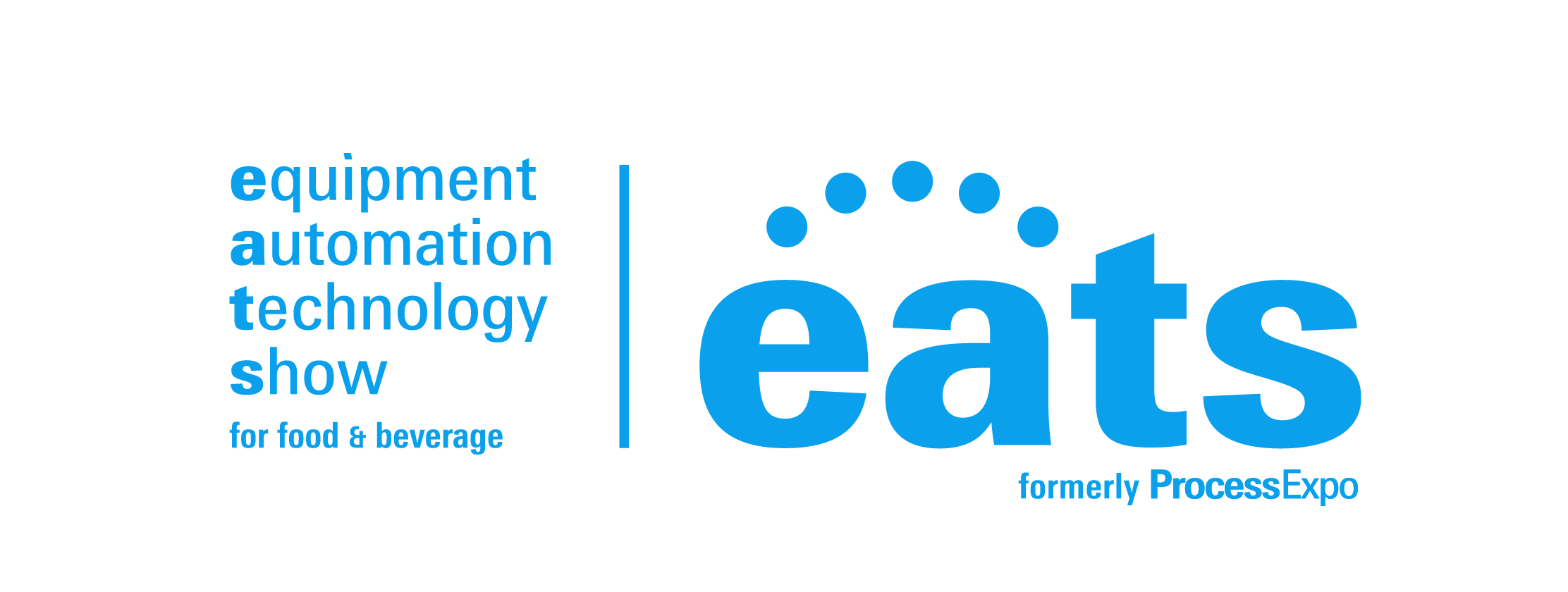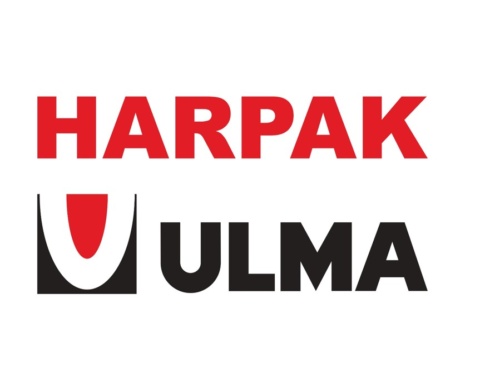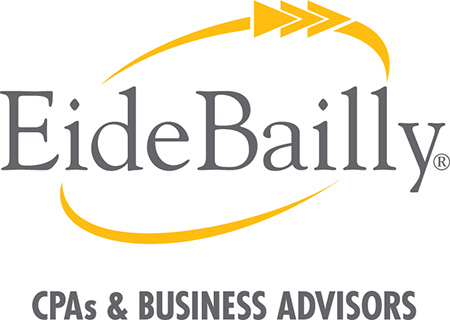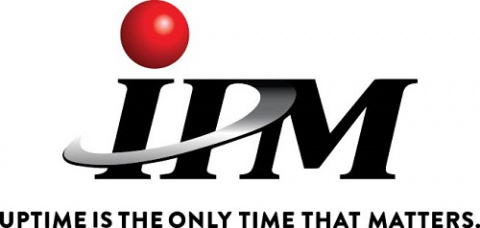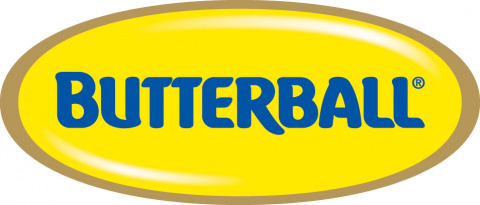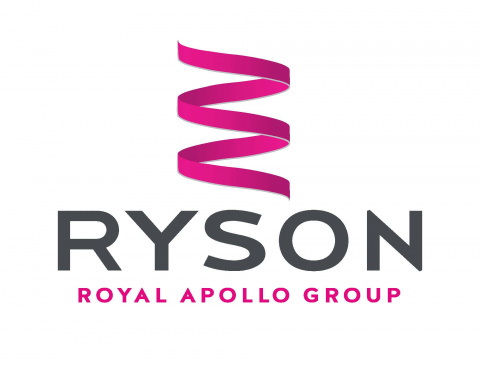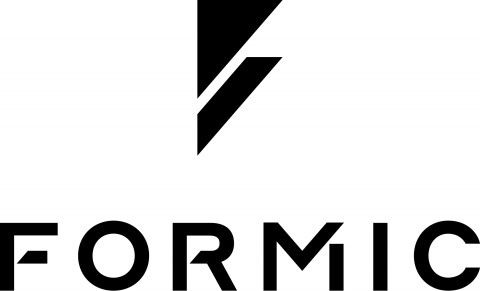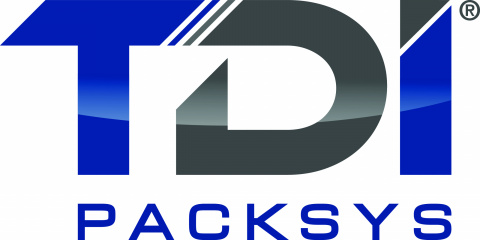
The 2018 FPSA Sales Conference will feature two days of education and networking to help you accelerate sales growth and improve sales performance and results. Learn more.
“You need content.” You’ve probably heard this sentence hundreds of times. But do you really understand what content is and, more importantly, how to leverage it to generate revenue?
Don’t worry if the answer is “no.” Many marketing and sales teams don’t have a clear handle on how to use content to generate sales.
That’s exactly the skills gap that Matt Heinz helps companies fill. Heinz has had a long career in B2B marketing and sales. He started out at Microsoft, then spent 5 years honing his craft at startups before launching his own business — Heinz Marketing — 10 years ago. Today, Heinz provides a range of services that help companies build their sales pipeline, close business, and accelerate revenue. At this year’s FPSA Sales Conference, he will be speaking about how content supports these efforts.
3 ways to improve the impact of your content
In today’s digital environment, content is a powerful tool. But, as with any tool, the value you get out of it depends on how you use it. Here are three ways to improve how you use content.
Make sure you really understand your audience
This sounds basic, but too often salespeople think of their audience in terms of companies. However, as Heinz says, “Buildings don’t write checks. People do.” So you need to understand the people inside your target organizations who are making purchasing decisions. These are the people you want to influence, and to do that you need to know who they are and what they care about. “Strive to understand their challenges as well as they do,” Heinz says. “Then you can create content that engages, resonates, and builds trust and credibility.”
It’s also important to recognize that B2B purchasing decisions are rarely made by just one person. More likely, there’s a buying committee, and that committee is made up of influencers, users, and even detractors. You need to know not just who these people are but also the stages they go through before making a decision.
To do this, you need to spend time with your prospects. “The more time you spend talking, asking questions, and observing their behavior, the better you’ll be able to identify the goals they’re trying to achieve, the obstacles they’re trying to overcome, and any objectives they may have.” Heinz also recommends using secondary research sources (e.g., analysts, influencers, researchers) to understand the industry as a whole. “A combination of primary and secondary research can go a long way.“
Don’t overthink content
“People overthink content sometimes,” Heinz says. But as marketing guru Ann Handley puts it, “everything the light touches is content.”
Heinz narrows it down: “Everything you put in front of a prospect is content: the way you answer the phone, an insightful statistic you put in front of a customer, a 30-second video you record to put into an email. Content doesn’t have to be written or formal. It can be long or short, premeditated or impromptu.”
Thinking about content in this way makes it easier and more accessible. “Everything you create becomes part of a body of work that differentiates your company and helps you convert your customers,” Heinz says. “And the more you understand your audience, the more you’ll be able to make smart and insightful choices about the content you put in front of them.”
Don’t try to move prospects forward too quickly
“A lot of salespeople try to move prospects forward to quickly by immediately presenting sales sheets and talking about their own company,” Heinz says. “But prospects won’t care about you until you care about them.”
It may be counterintuitive, but the job of content isn’t to immediately generate a business conversation. It’s to earn the right to more of a prospect’s attention. You do this by addressing their challenges, not by talking about yourself. “It’s easy to stare at our own four walls every day and get so enamored with our solutions that we forget that our interest in our products has nothing to do with whether our prospects are going to give us attention today or not.”
To help salespeople avoid falling into this trap, Heinz recommends the “Thursday at 2pm” test. “Think of yourself as a crazy busy prospect. It’s Thursday at 2pm. How likely are you to read a particular email or blog post?” (Hint: If you wouldn’t read it, your prospect won’t either.)
In some cases, content can succeed even if your prospects don’t read it, as long as it serves as a reminder of the value you provide. Heinz explains: “If you put great content in their mailbox all of the time, even if they don’t read it, they’ll begin to recognize you. That creates additional trust and credibility.”
How to use content to close sales
Now that you have a few guidelines to strategically improve your content, let’s turn to the ultimate goal of content: helping you generate revenue by closing more deals. This starts with challenging your prospects’ status quo.
“The first stage is a loosening of the status quo,” Heinz says. “Get them to think differently about a problem or help them quantify the cost of a problem they didn’t know they had. If you can get someone to challenge their status quo, then you can get them to commit to change — not to your product, but to doing something differently. Once they’ve committed to change, they’ll more interesting in hearing your story and how you can help them achieve a different outcome. Good content in a wide variety of formats can help you at all of these stages.”
Biggest mistakes sales teams make — with content and beyond
In his career, Heinz has worked with many salespeople, which means he’s had the opportunity to observe many types of mistakes. Here are the biggest ones he sees getting in the way of sales success.
Not prioritizing the strategies outlined above
This is the main problem Heinz sees impacting sales today — not putting enough importance on understanding your audience and creating content to earn their attention and move them down the sales funnel. “It’s a huge mistake to think that prospects are going to care about your story first or that a great demo is going to get someone’s attention. That’s not going to happen.”
Assuming you have more time than you do
As we mentioned, early in a relationship the goal of content is to earn the right to more of a prospect’s attention. If you don’t put in the work to earn that attention, don’t expect a prospect to give you their time. “If you haven’t talked to a prospect before and you think they’re going to read a 500-word email, you’re kidding yourself,” Heinz says. “The volume of content needs to match the stage of your relationship.”
Assuming the sales process will move quickly
“Just because you can move from challenging the status quo to a demo in 20 minutes doesn’t mean your prospect can,” Heinz says. You need to match your sales process to the prospects’ tempo. Otherwise, you run the risk of being perceived as a pushy salesperson.
Related to this is the assumption that an interested prospect is ready to make a commitment. “A chatty prospect isn’t necessarily a qualified prospect, and a qualified prospect isn’t necessarily ready to move forward,” Heinz says. “Gartner research shows that only 3-4% of prospects are actively buying and another 46% are ‘poised.’ These are people who have a need, but also have other more pressing needs.”
Having too small a pipeline
Heinz notes that most sales professionals don’t have nearly a big enough pipeline. “When you don’t have enough prospects, you need a higher percentage of them to close,” he says. “Pushing them to close before they’re ready can put them off. Later, when they are ready to close, you might not get the business because they think of you as a pushy salesperson.”
The answer? “Build more pipeline, work with more prospects, spend more time engaging, and get more deals.”
Tactics to implement the strategies
The advice discussed in this article is mostly strategic, but Heinz’s session at the FPSA Fall Sales Conference will provide concrete tactics as well:
- Tips on how to repurpose core content on a regular basis to ensure prospects are interacting with it in a variety of ways
- Specific tools to create content in multiple formats on demand (check out GoVideo from Vidyard — it’s a browser extension that allows you to record a quick video message to a prospect and embed it in an email with one click)
The goal is for everyone who attends the session to walk away with a good framework as well as specific tactics they can put in place right away.
